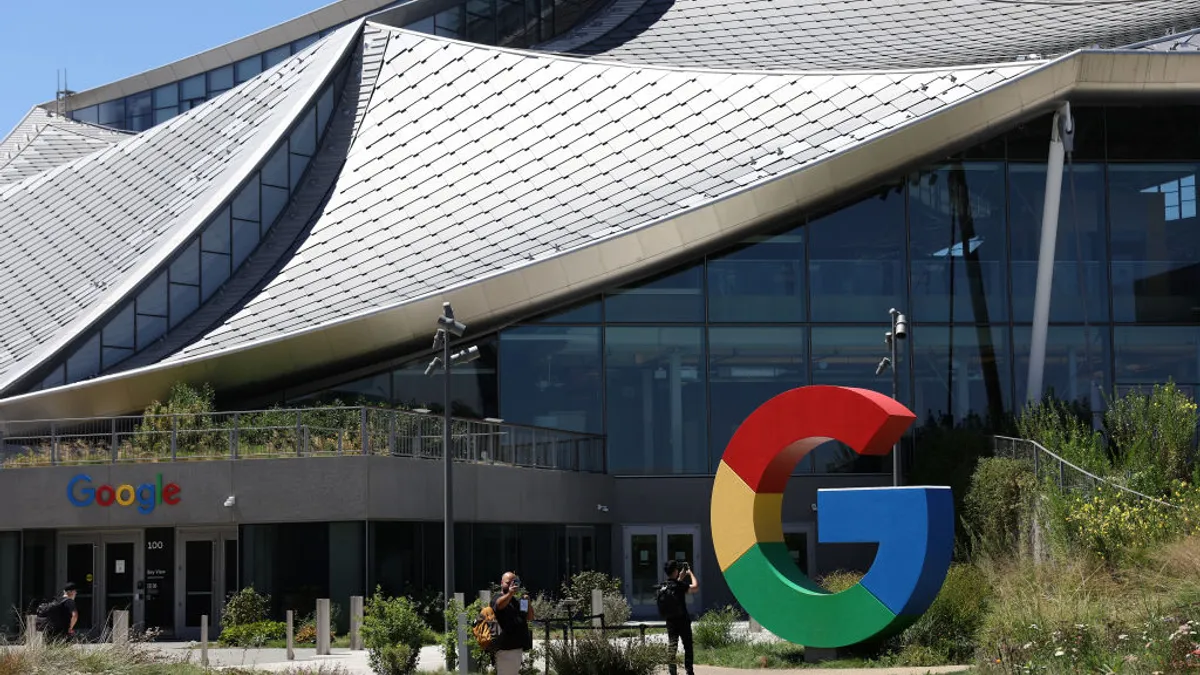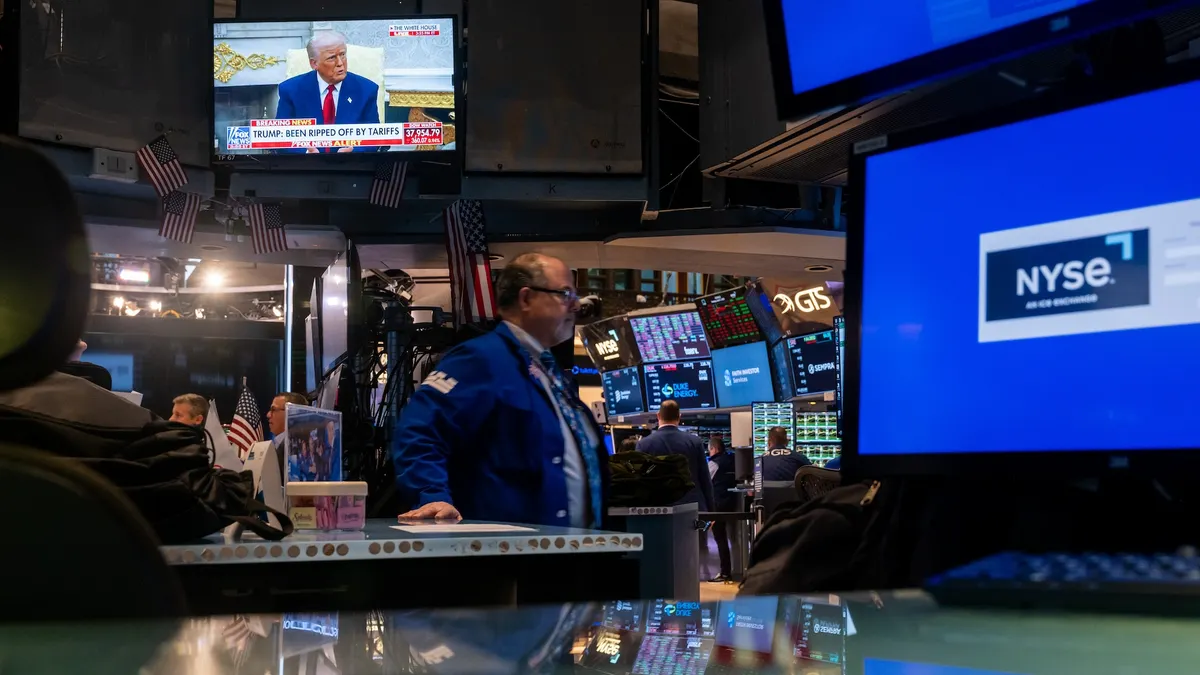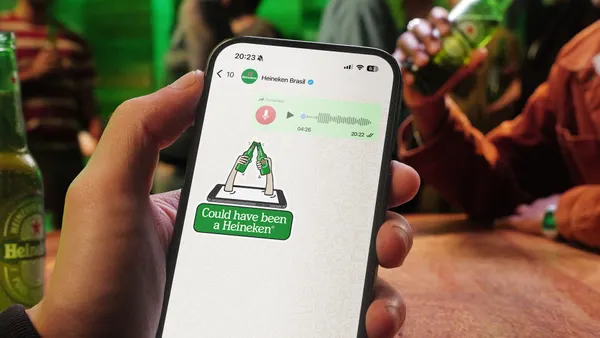Dive Brief:
- Amazon released an Android version of its FreeTime Unlimited service that provides books, videos, YouTube and web browsing for kids. The service is mostly free, but a $2.99 monthly subscription fee adds unlimited access to more than 10,000 age-appropriate books and videos from brands like Disney, Nickelodeon, Amazon Studios, PBS Kids, HarperCollins and Simon & Schuster.
- More than 10 million children have used the service on Amazon’s proprietary wireless devices like Fire tablets, Kindle E-readers and Amazon TV, according to the company. The Android version has similar parental controls and content that's been screened by the company.
- Parents can manage screen-time limits and restrict kids from digging into entertainment programming until they’ve met pre-set educational goals. Amazon also provides suggested activities and discussion topics to share with kids.
Dive Insight:
Amazon recognizes that being a purveyor of content means reaching the broadest audience possible. With more than 1.6 billion Android devices worldwide, the company can expand its potential reach far beyond the limits of its Fire tablet, whose total unit sales are estimated in the tens of millions. The company doesn’t disclose sales figures for its devices.
The news comes as content is playing a bigger role for Amazon, which faces some big competition in Netflix, Hulu and others that are typically available across a range of devices. Amazon previously launched its Prime instant video service on Android and iOS devices.
Kids’ viewing habits are changing with the proliferation of mobile devices, and content providers need to adapt to audience behaviors. Live TV viewing slumped by 4% last year after a 3% drop in 2015, according to a source cited by CNBC. YouTube is enormously popular, while Netflix and Amazon Prime also have growing audiences of child viewers.
The Kindle Fire tablet was launched in 2011 with enormous fanfare and predictions that it would present a major challenge to Apple’s iPad. Six years later, Apple is still the market leader with an estimated 25% share of global shipments. Samsung is second with 15%, and Amazon is third at 10%, but the overall tablet market slumped as smartphone makers introduced devices with bigger screens that cannibalized sales.












